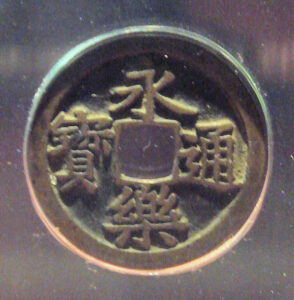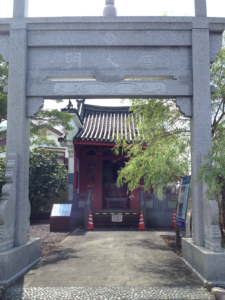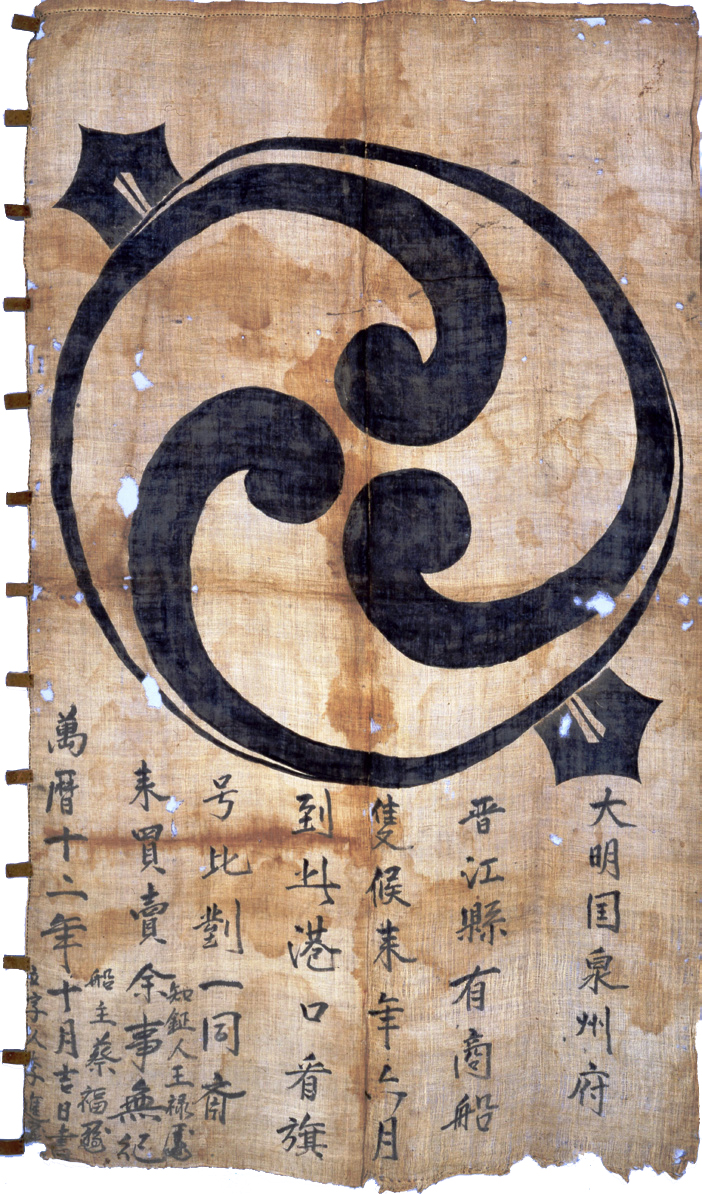This week, we’re wrapping up our month on piracy by looking at how the image of “Japanese pirates” became so prevalent in Korea and China, and what we actually know about all the pirating that was going on during this time.
Sources
Shapinsky, Peter. Lords of the Sea: Pirates, Violence, and Commerce in Late Medieval Japan
Antony, Robert J (Ed). Elusive Pirates, Pervasive Smugglers: Violence and Clandestine Trade in the Greater China Seas.
Ma, Guang. “Re-evaluating the Wokou Problem in East Asia in the 1220s and 1390s from the Perspective of Environmental History.” Journal of Asian History 54, No 2 (2020).
Andrande, Tonio, Xing Hang, Jerry Bentley, and Anand Yang. Sea Rovers, Silver, and Samurai: Maritime East Asia in Global History, 1550-1700.
Images






I hate to say it, but it seems like the wakou’s reputation is well deserved, based on your description.
I heard that Admiral Yi Sun-sin’s famous turtle ships were developed originally to fight the wakou, which is why they kicked Japan’s ass so thoroughly during the Imjin War.